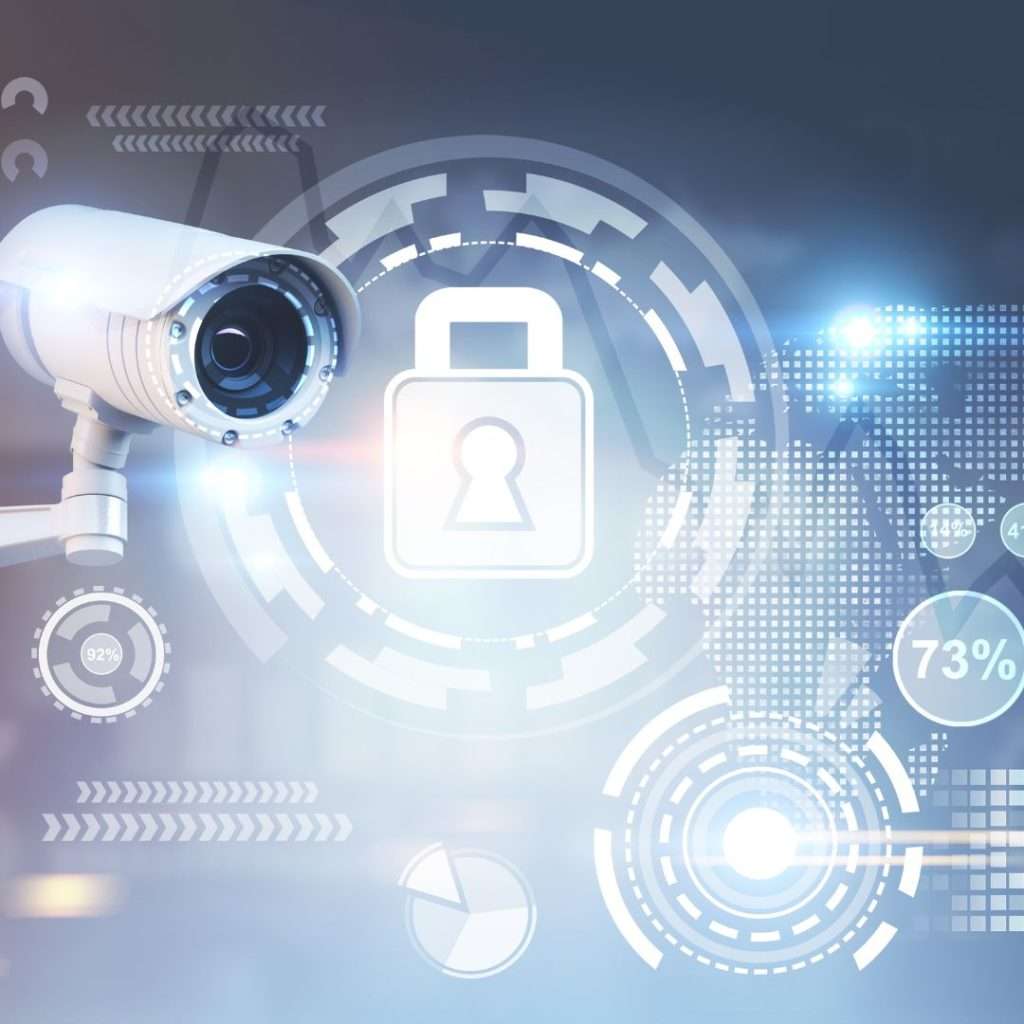If you’re thinking of investing in security cameras, you’re likely wondering if they’ll need to be connected to a WiFi connection or if there are other options available. It’s important to think about these details, as making sure you have the right setup can make all the difference in ensuring your security system works properly.
Do Security Cameras Need Wifi?
Security cameras can be connected to a WiFi network but do not necessarily need WiFi to function. Some security cameras can operate using a cellular connection, while others can connect to a network using Ethernet cables.
Wireless security cameras can be convenient because they can be placed anywhere in the range of a wireless network. Still, they rely on a stable internet connection to transmit video footage. If the WiFi connection is lost, the camera may be unable to transmit video or send alerts.
On the other hand, wired security cameras do not rely on WiFi and can operate independently of the internet. They are typically connected to a network using Ethernet cables, which can provide a more stable and reliable connection. However, they do require physical access to a wired network, which can limit their placement options.
Ultimately, the choice between a WiFi-enabled security camera and a wired camera will depend on the specific needs and constraints of the installation.
What Security Cameras Work Without Wifi?
Several types of security cameras do not require a WiFi connection to operate. Here are a few options:
Wired security cameras are connected to a security system using a physical wire. They do not need a WiFi connection to transmit video and can be used in areas where WiFi is unavailable or not desired.

Cellular security cameras use a cellular data connection to transmit video. They do not require a WiFi connection and can be used in areas where WiFi is unavailable or not desired.
- Battery-powered security cameras: These cameras use a battery and do not require a power outlet or WiFi connection. They are portable and can be placed anywhere, but their battery life may be limited.
- Security cameras with local storage: Some security cameras have a built-in memory card or other local storage option, allowing them to record and store video without a WiFi connection. This can be useful in situations where WiFi is not available or the camera is placed in an area with limited or no WiFi coverage.
It’s worth noting that even if a security camera does not require a WiFi connection to operate, it may still need a WiFi connection to be accessed remotely via a smartphone or computer.
What Security Cameras Work With Alexa?
Several security systems work with Amazon Alexa, the virtual assistant that is part of the Amazon Echo line of smart speakers. Some popular options include
- ADT Pulse: ADT Pulse is a security system that can be controlled through the ADT app or Alexa. You can use voice commands to arm and disarm the system and check the status of your home security.
- Ring Alarm: Ring Alarm is a home security system controlled through the Ring app or Alexa. You can use voice commands to arm and disarm the system and check the status of your home security.
- SimpliSafe: SimpliSafe is a security system that can be controlled through the SimpliSafe app or Alexa. You can use voice commands to arm and disarm the system and check the status of your home security.
- Nest Secure: Nest Secure is a security system controlled through the Nest app or Alexa. You can use voice commands to arm and disarm the system and check the status of your home security.
To use any of these security systems with Alexa, you must set up the system and link it to your Amazon account through the Alexa app. Once the system is linked, you can use voice commands to control it through your Alexa-enabled device.
What Security Cameras Work With 5G?
There are a variety of security systems that can work with 5G networks. 5G networks offer increased speed and capacity compared to previous generations of cellular networks, and as such, they can support various security systems that require high-bandwidth connections. Some examples of security systems that can work with 5G networks include:
- Video surveillance systems: 5G networks can support high-definition video streaming, making them well-suited for video surveillance systems.
- Access control systems: 5G networks can support the rapid transmission of data, making them well-suited for access control systems requiring real-time authentication and authorization.
- Intrusion detection systems: 5G networks can support the rapid transmission of data, making them well-suited for intrusion detection systems that require real-time sensor data analysis.
- Fire alarm systems: 5G networks can support the rapid transmission of data, making them well-suited for fire alarm systems requiring real-time emergency notification.
It’s important to note that while 5G networks can support these and other security systems, ensuring that the systems are properly configured and secured is still important. This may include measures such as encryption, authentication, and access controls to protect the systems against unauthorized access and tampering.
Overall, it’s very important to consider how your security cameras will be connected when shopping for models. Consider the size of your space, what kind of access you’d like to have, and how you plan to interact with your cameras before investing to make sure you choose the right security system for your needs.
